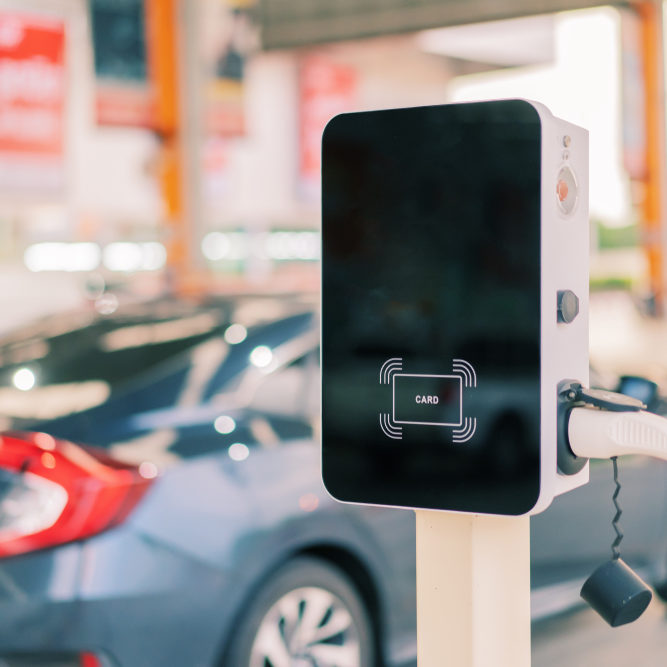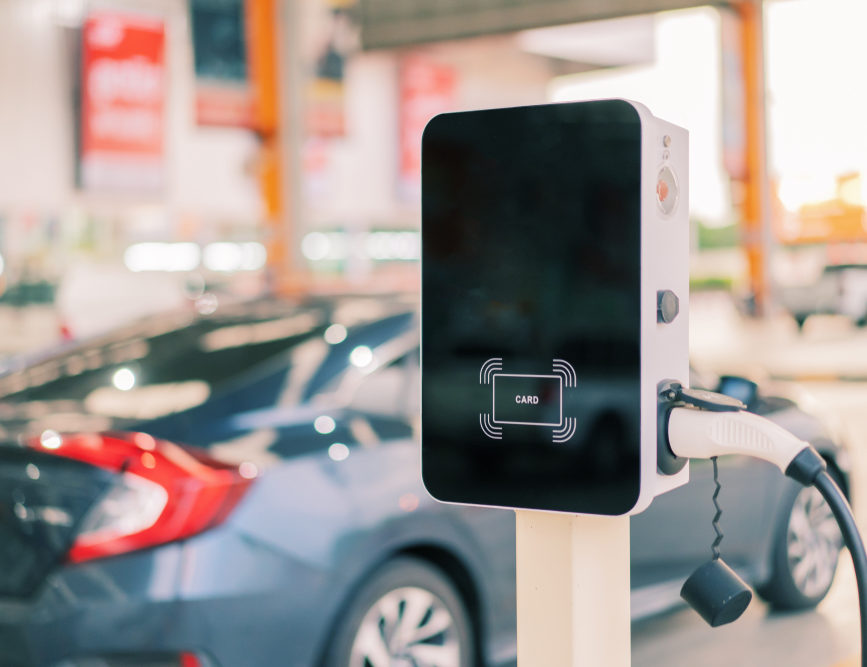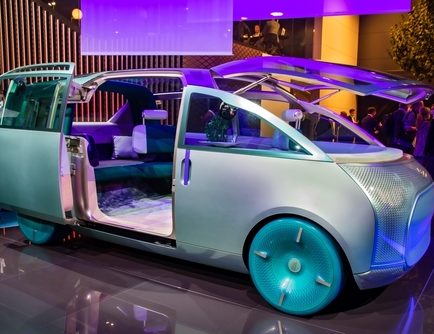Nissan has been a piorneer in electromobility since 1996, when it launched its first electric vehicle; however, their history goes back to 1947.
Legendary Japanese manufacturer, Nissan, has transcended electromobility history by developing EVs; first in 1947 with the use of lead batteries, and in 1996 with Li-Ion batteries.
Nissan’s first EV model was Tama, developed as a result of the post-WWII oil shortage. With an autonomy of approximately 60 miles and a top speed of 24 mph, powered by a lead battery. It was used as a taxi during the 1950’s.
Once the oil crisis was overcome, Japanese authorities didn’t collaborate with Nissan regarding EVs up until 1971. That year, the EV4-P pick-up was released. This truck had a 186 mile autonomy on a single charge.
During the late 1990’s, Nissan showcased several concept cars at the Tokyo Motor Show. These experiments and R&D made Nissan the first Li-Ion powered car manufacturer in 1996 with the Prairie Joy EV.
This car became a flagship of the era when it was chosen as the official vehicle used on expeditions in the north of Norway by a crew of Japanese explorers. The goal of these tasks was to show the Li-Ion Battery performance under extreme conditions.
In 2009, the manufacturer released the Nissan Leaf, a best seller EV in Japan, Europe, and the USA. It sold over half a million units all around the world: more than 146,000 units in Japan and 148,000 in the US through December 2020.
Since the lead battery era until today, Nissan has been one of the main electromobility manufacturers, from the lead battery days up until the Li-Ion ones. In 2019, Nissan launched its Nissan Charge app to help locate over 100,000 charging stations in Europe. Undoubtedly, Nissan is a leader in electric mobility.




